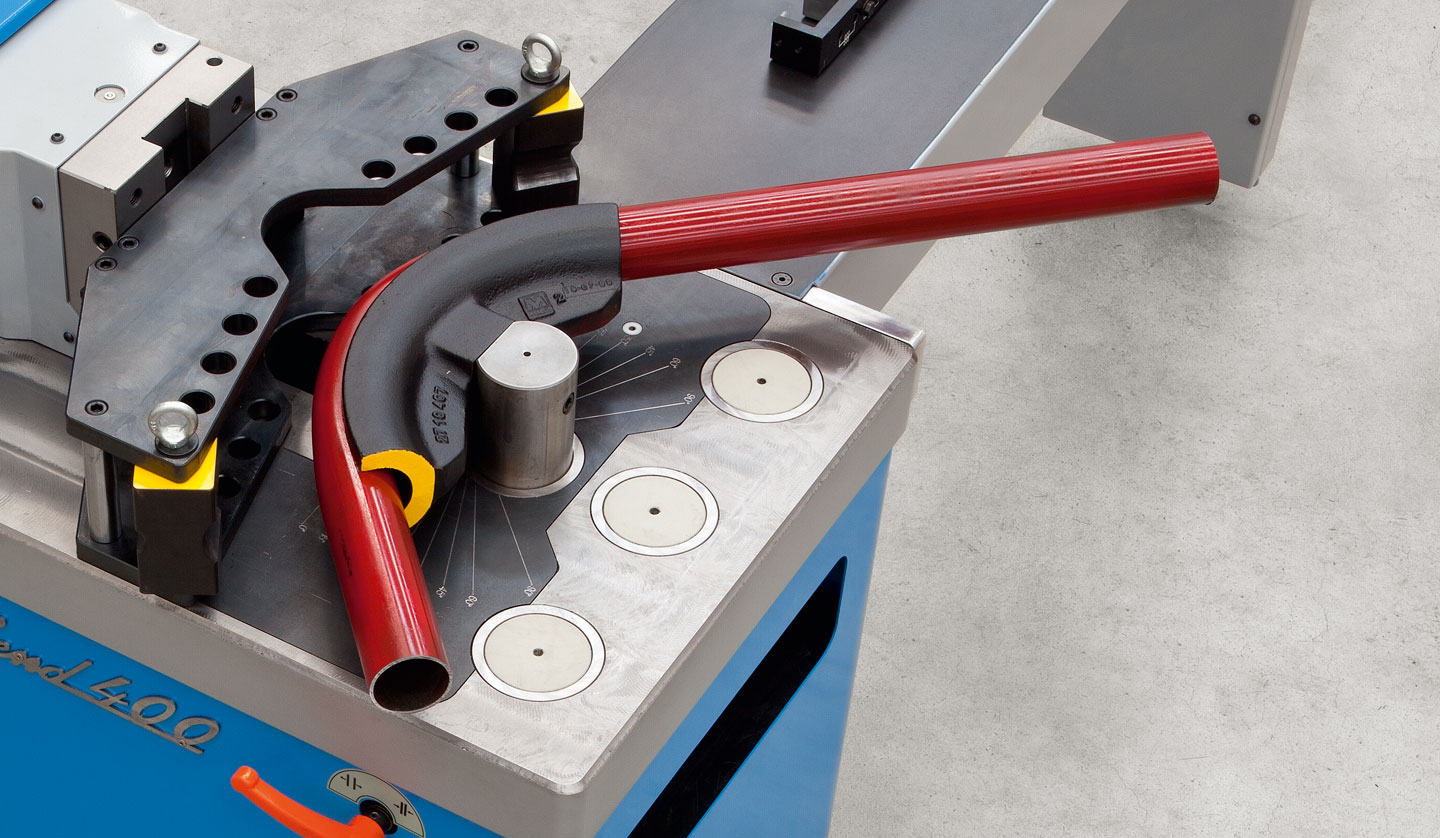Innovative Solutions: How Bending Machines are Shaping the Future of Design
Image Source: Google
Design has always been at the forefront of innovation, pushing boundaries and redefining what is possible. One of the key technologies that is shaping the future of design is bending machines. These machines have revolutionized the way we create and fabricate, opening up a world of possibilities for designers and engineers. In this article, we will explore how bending machines are transforming the design landscape and pushing the boundaries of what is possible.
The Evolution of Bending Machines
Bending machines have come a long way since their inception. What started as simple manual tools for bending metal has now evolved into highly sophisticated machines capable of bending a wide range of materials with precision and accuracy. The evolution of bending machines can be attributed to advancements in technology, such as:
- Computer Numerical Control (CNC) technology
- Advanced software for modeling and simulation
- High-strength materials and alloys
Benefits of Modern Bending Machines
The modern bending machines offer a wide range of benefits that have revolutionized the way designers approach their projects. Some of the key benefits include:
- Precision and accuracy in bending materials
- Increased efficiency and productivity
- Ability to bend complex shapes and designs
- Reduced material waste
- Cost-effectiveness
Applications of Bending Machines in Design
Bending machines are being used across various industries to bring innovative designs to life. Some of the applications of bending machines in design include:
- Architectural design: Bending machines are used to create intricate and unique architectural features such as curved facades and roofs.
- Furniture design: Designers are using bending machines to create furniture pieces with flowing and curved designs that were previously difficult to achieve.
- Automotive design: Bending machines play a crucial role in shaping the body panels and frames of vehicles, allowing for sleek and aerodynamic designs.
- Product design: From consumer electronics to household appliances, bending machines are used to create innovative and ergonomic designs that stand out in the market.
Case Study: The Impact of Bending Machines on Design
One notable example of the impact of bending machines on design is the Guggenheim Museum Bilbao in Spain. The iconic building, designed by Frank Gehry, features sweeping curves and organic shapes that were made possible through the use of advanced bending machines. The museum's unique design has not only become a symbol of architectural innovation but has also transformed the city's skyline.
The Future of Design with Bending Machines
As technology continues to advance, the future of design with bending machines looks promising. Some of the trends that we can expect to see in the future include:
- Integration of artificial intelligence and machine learning for automated design and production processes
- Development of new materials with enhanced bendability and strength
- Advancements in 3D printing technology for creating complex and customized designs
- Collaboration between designers, engineers, and manufacturers for more streamlined and efficient production processes
Challenges and Opportunities
While bending machines offer numerous opportunities for innovation in design, there are also challenges that need to be addressed. Some of the key challenges and opportunities include:
- Training and upskilling of designers and engineers to harness the full potential of bending machines
- Environmental impact of manufacturing processes and the need for sustainable design practices
- Regulatory compliance and standards for ensuring the safety and quality of bent materials
- Exploration of new design aesthetics and possibilities that bending machines can offer

Leave a Reply